ERC 2018 Synergy Grants examples

INVESTIGATING THE BONES TO FIGHT OSTEOPOROSIS
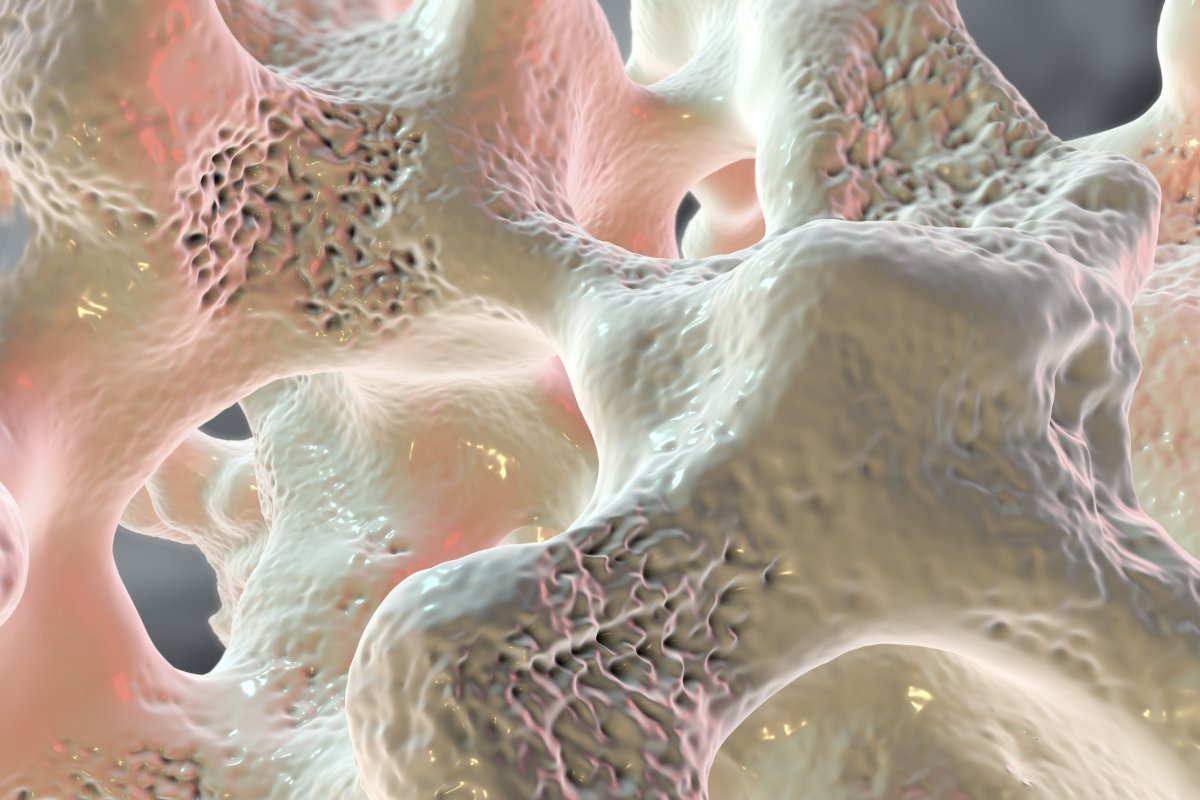
In an ageing European society, the number of people suffering from osteoporosis has increased dramatically. This disease considerably impairs patients' life quality, and results in high societal costs. However, current understanding of osteoporosis is insufficient due to the lack of appropriate tools that would allow a thorough analysis of bone microstructure. The 4-D nanoSCOPE research team, based in German universities, aims to address this issue and to unravel the unknown architecture of our bones.
Georg Schett (Universitätsklinikum Erlangen), Andreas Maier (Friedrich-Alexander-Universität Erlangen Nürnberg) and Silke Christiansen (Helmholtz Zentrum Berlin) intend to enable X-ray microscopy studies in living creatures for the very first time. They plan to do so by combining state-of-the-art imaging techniques with innovative precision learning software and a novel Xray microscope. Their method has the potential to revolutionize our understanding of bone structure and improve bone remodelling, by enabling an effective assessment of the effects on bone of age, hormones, inflammation and treatment.
Project: 4-D nanoScope – Advancing osteoporosis medicine by observing bone microstructure and remodelling using a four-dimensional nanoscope
ERC funding: € 12,366,635 million for 72 months
Researchers and Host institutions:
 |
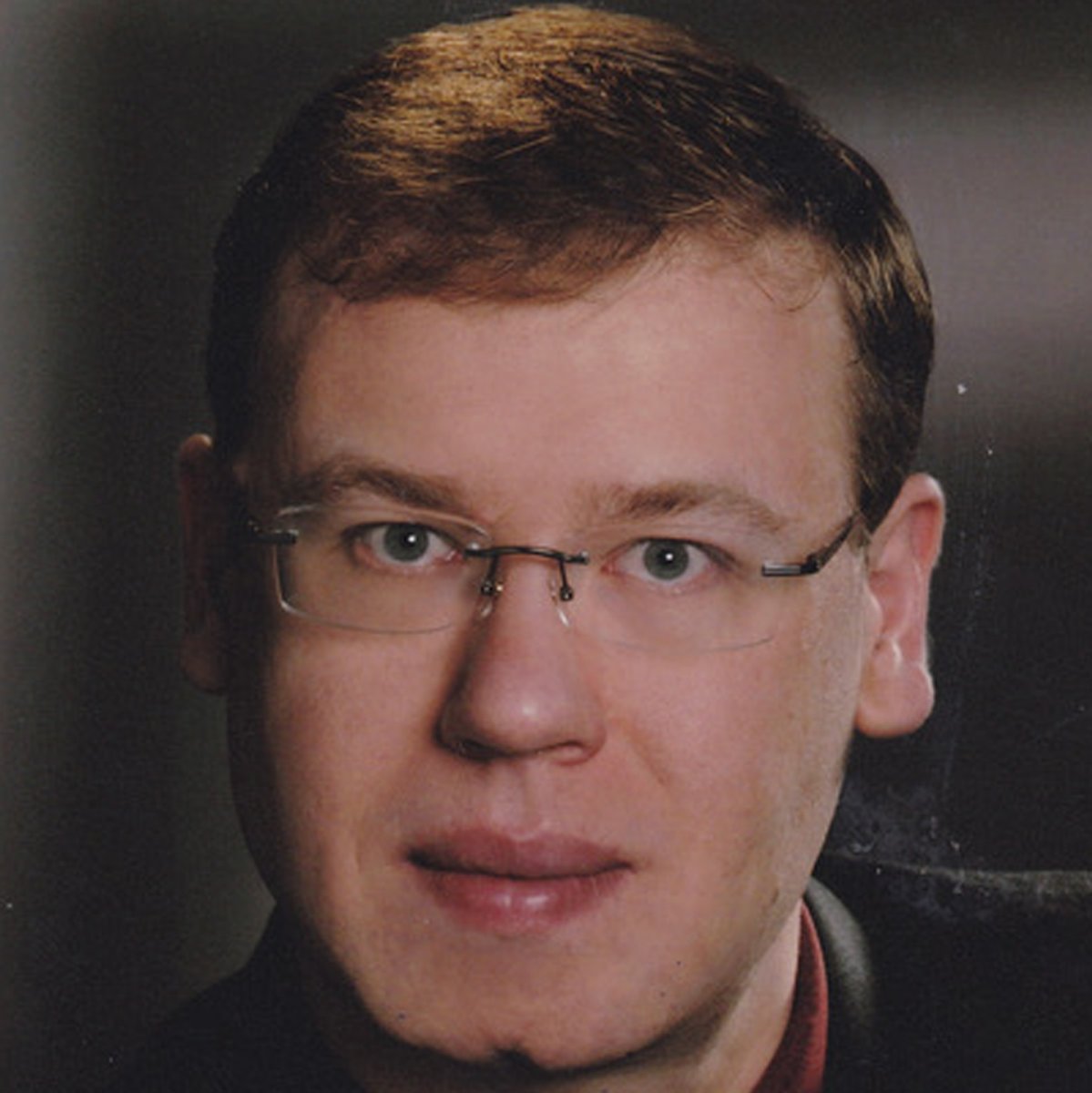 |
 |
|
|
Georg Schett |
Andreas Maier Friedrich-Alexander-Universität Erlangen Nürnberg |
Silke Christiansen Helmholtz Zentrum Berlin |
UNDERSTANDING THE NETWORKS AND MAKING THEM WORK FOR US

Networks define our life. They are essential to biology, communications, social and economic systems, they influence virtually all areas of science and technology. But their workings are not fully understood. Laszlo Lovasz from the Hungarian Academy of Science and Jaroslav Nesetril from Charles University in Prague, renowned mathematicians specialising in graph theory, and Laszlo Barabasi, a leading expert in network science based at the Central European University in Budapest, aim to build a mathematically sound theory of dynamical networks. They want to transform our understanding of complex systems and prepare ground for applications in multiple disciplines.
Both graph theory in mathematics and the study of networks have made major conceptual advances in the past decade. However, the research communities working in these two disciplines had little conversation between each other, and that limited our insight. The research funded with an ERC Synergy Grant can potentially change it, constructing a coherent theory of dynamical networks, and exploiting its applications and predictive power for various real systems. To enhance the wider impact of the proposed mathematical advances, the principal investigators plan to establish steady links with experts from different domains that encounter and explore networks, from cell biology to brain science and transportation and communication networks, inspiring with novel questions and helping the application of our advances in these domains.
Project: Dynamics and Structure of Networks (DYNASNET)
ERC funding: 9.315 million for 6 years
Researchers and Host institutions:
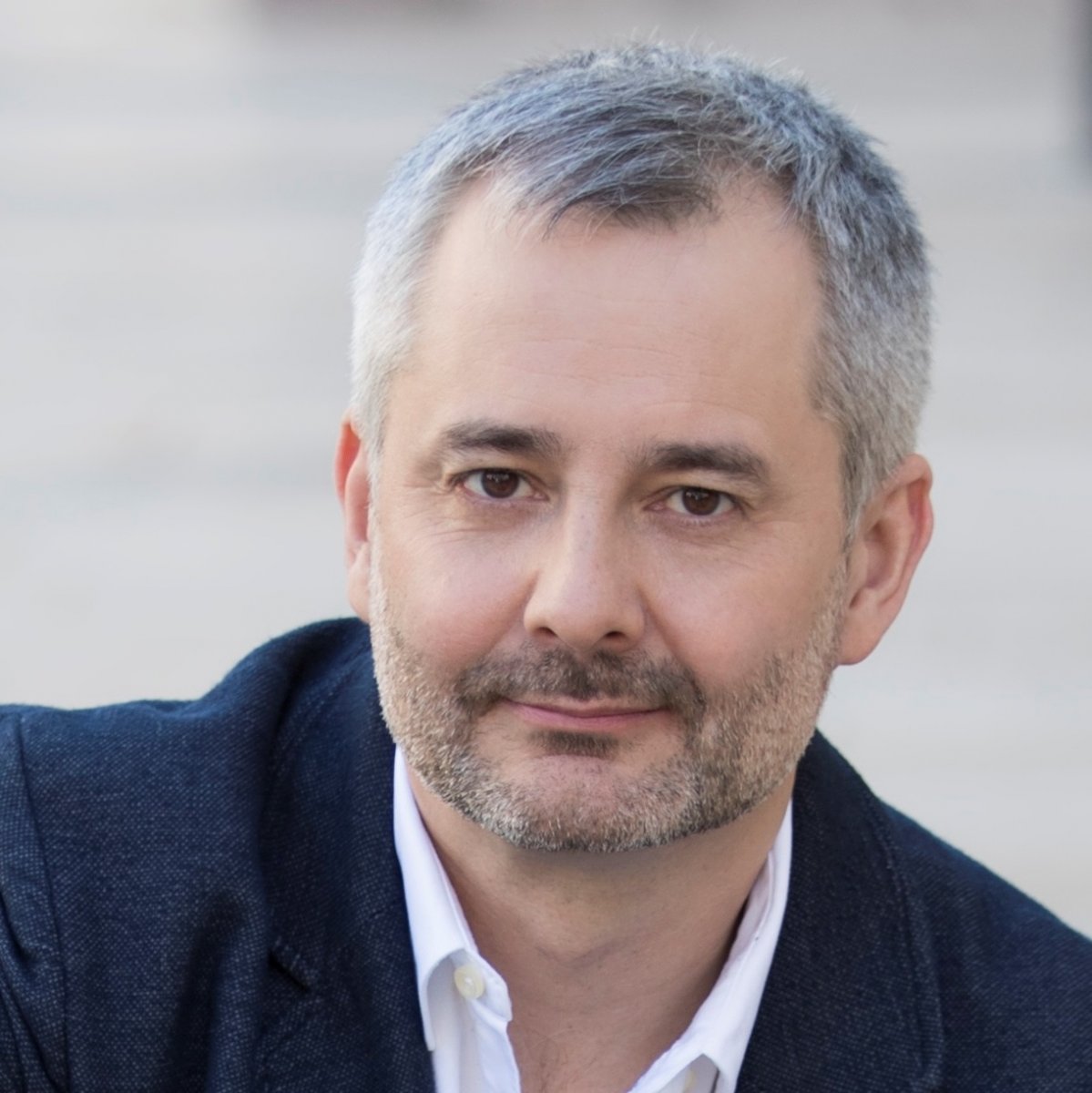 |
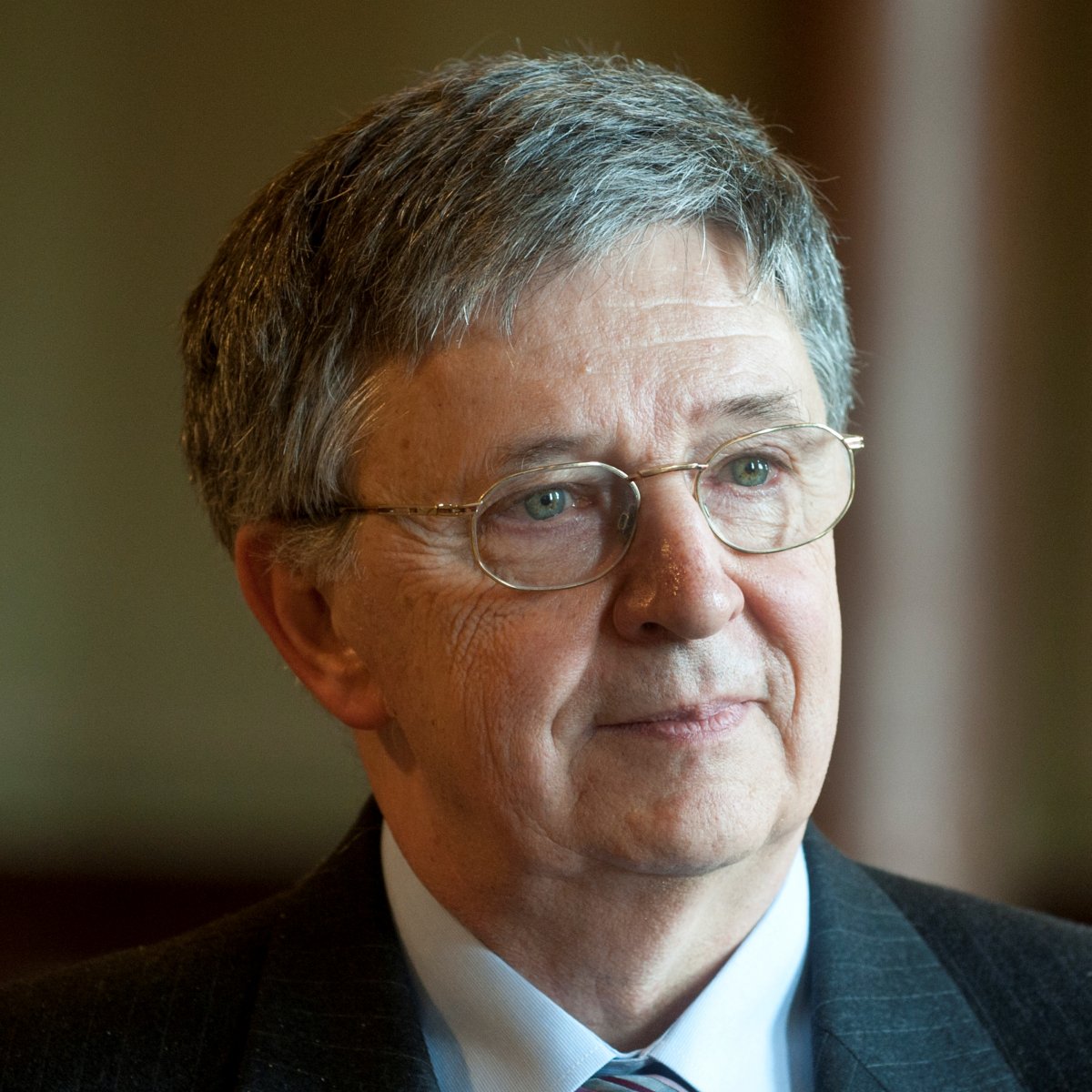 |
 |
|
|
Albert-László Barabási Central European University, Budapest |
Laszlo Lovasz Hungarian Academy of Science | Jaroslav Nesetril Charles University in Prague |
THE MUSLIM HOLY BOOK IN EUROPEAN CULTURAL HISTORY
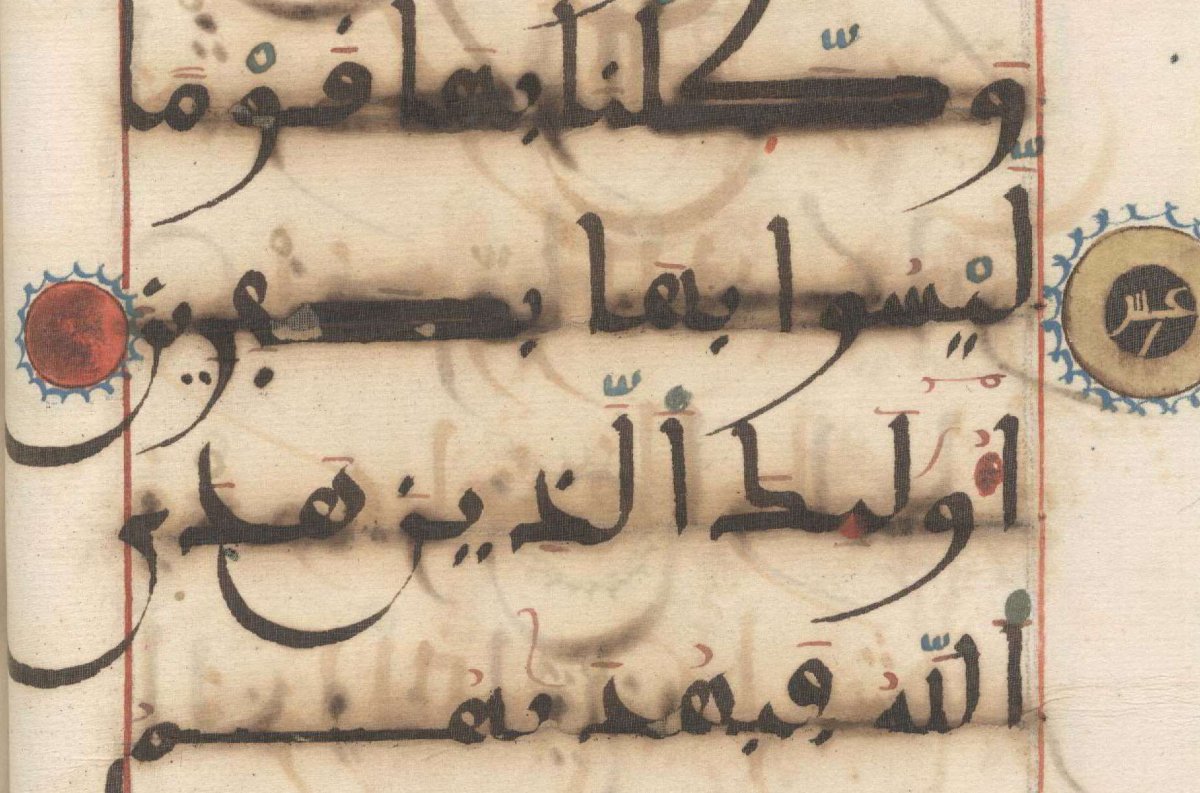
In order to discover how deeply imbedded the Muslim holy book is in the intellectual thinking of Medieval and Early Modern Christians, European Jews, freethinkers, atheists and European Muslims, the "European Qur'an" (EuQu) will look at the role of this book in interactions with Islam, in debates between Christians of different beliefs and in critiques of Christianity during the Enlightenment.
With the support of an ERC Synergy Grant, an international team of researchers will study how the Qur’an has been interpreted, adapted and used in Christian Europe from the Middle Ages through to early modern history, in order to understand how the holy book has influenced both culture and religion in Europe.
The six-year project will produce interdisciplinary research through scientific meetings across Europe, a GIS-database of Qur’an manuscripts, translations and other works in which the Qur'an is discussed, and through PhD theses and monographs. It will bring the fruits of this research to non-academic audiences though a creative multimedia exhibition on the place of the book in European cultural heritage.
Project: The European Qur'an (EuQu)
ERC funding: € 9,842,534 million for six years
Researchers and Host institutions:
 |
|
 |
 |
|
Mercedes Garcia-Arenal CSIC |
Roberto Tottoli Università di Napoli L'Orientale |
Jan Loop University of Kent |
John Tolan Université de Nantes |

